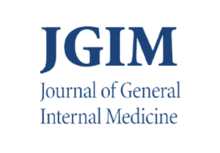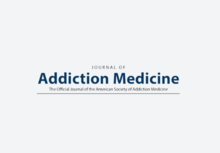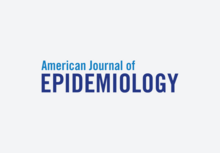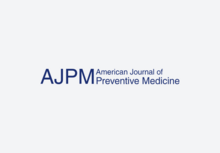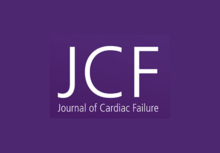Marinacci LX, Zheng Z, Mein SA, Wadhera RK. Rural-Urban Differences in Cardiovascular Mortality in the United States, 2010-2022. Journal of the American College of Cardiology. 2024. https://pubmed.ncbi.nlm.nih.gov/39545907/. doi:10.1016/j.jacc.2024.09.1215
Publications
2024
Oddleifson A, Dong H, Wadhera RK. Community Benefit and Tax-Exemption Levels at Non-Profit Hospitals Across U.S. States. Medical Care. 2024. https://pubmed.ncbi.nlm.nih.gov/39374179/. doi:10.1097/MLR.0000000000002064
Mein SA, Tale A, Rice MB, Narasimmaraj PR, Wadhera RK. Out-of-Pocket Prescription Drug Savings for Medicare Beneficiaries with Asthma and COPD Under the Inflation Reduction Act. Journal of General Internal Medicine. 2024. https://pubmed.ncbi.nlm.nih.gov/39367288/. doi:10.1007/s11606-024-09063-4
Marinacci LX, Li A, Tsay A, Benarroch Y, Hill KP, Karchmer AW, Wadhera RK, Kentoffio K. Readmissions Among Patients With Surgically Managed Drug Use Associated-Infective Endocarditis Before and After the Implementation of an Addiction Consult Team: A Retrospective, Observational Analysis. Journal of Addiction Medicine. 2024. https://pubmed.ncbi.nlm.nih.gov/39356621/. doi:10.1097/ADM.0000000000001368
Marinacci LX, Sterling MR, Zheng Z, Wadhera R. Health-Related Quality of Life of Family Caregivers in the United States, 2021–2022: A National Cross-Sectional Analysis. Journal of General Internal Medicine. 2024.
Marinacci LX, Mein SA, Engel-Rebitzer E, Figueroa JF, Wadhera RK. Medicaid Disenrollment by Race and Ethnicity in the United States: A National Cross-Sectional Analysis. Journal of General Internal Medicine. 2024. https://pubmed.ncbi.nlm.nih.gov/39261340/. doi:10.1007/s11606-024-08886-5
Parekh T, Xue H, Wadhera RK, Cheskin LJ, Cuellar AE. From Policy to Practice: Assessing the State Innovation Models Initiative’s Early Success in Incorporating Social Determinants of Health in ASCVD Hospitalizations in the United States. American Journal of Epidemiology. 2024. https://pubmed.ncbi.nlm.nih.gov/39191660/. doi:doi: 10.1093/aje/kwae313
Woodruff RC, Tong X, Wadhera RK, Loustalot F, Jackson SL, Vaughan AS. Cardiovascular Disease Mortality Disparities in Black and White Adults, 2010‒2022.. American journal of preventive medicine. 2024;66(5):914–916. doi:10.1016/j.amepre.2023.12.007
Jiang GY, Lee C, Kearing SA, Wadhera RK, Gavin MC, Wasfy JH, Zeitler EP. IV Diuresis in Alternative Treatment Settings for the Management of Heart Failure: Implications for Mortality, Hospitalizations and Cost.. Journal of cardiac failure. 2024;30(1):4–11. doi:10.1016/j.cardfail.2023.07.017
Wilcock AD, Zubizarreta JR, Wadhera RK, Yeh RW, Zachrison KS, Schwamm LH, Mehrotra A. Factors Underlying Reduced Hospitalizations for Myocardial Infarction During the COVID-19 Pandemic. JAMA Cardiology. 2024. https://pubmed.ncbi.nlm.nih.gov/39083317/. doi:10.1001/jamacardio.2024.2031



